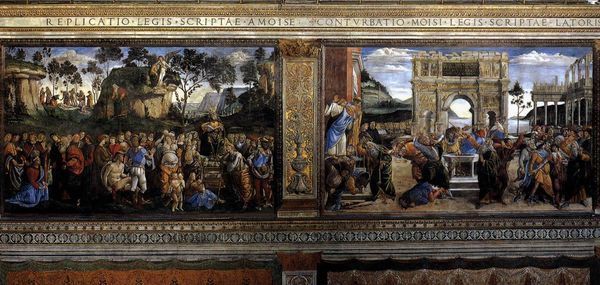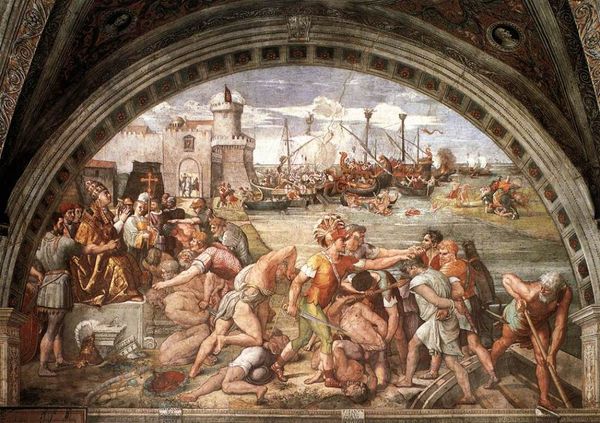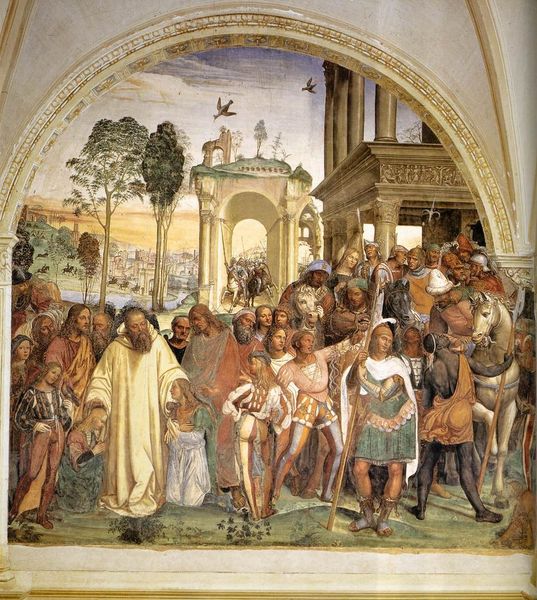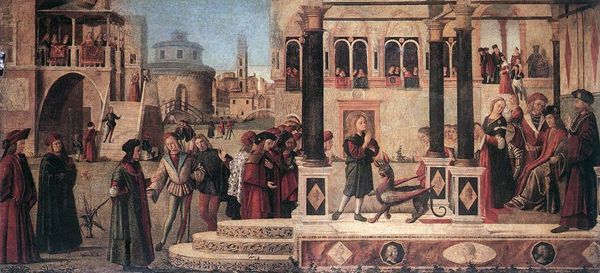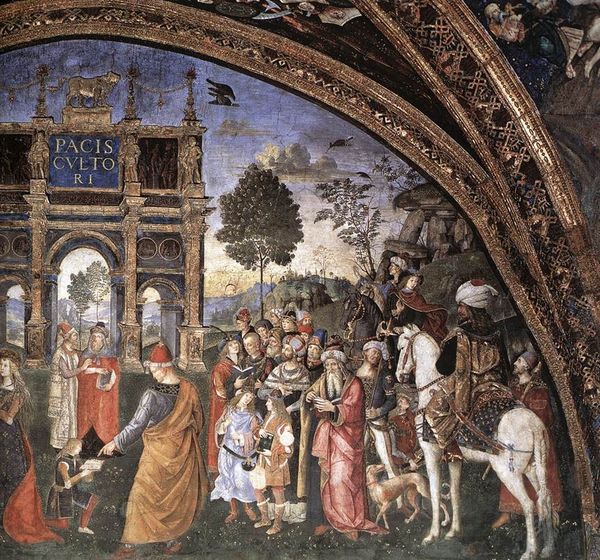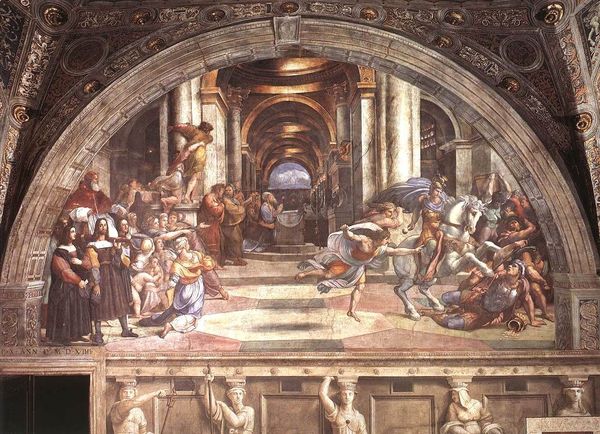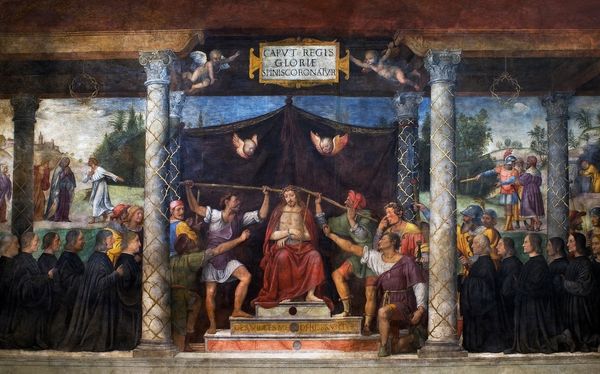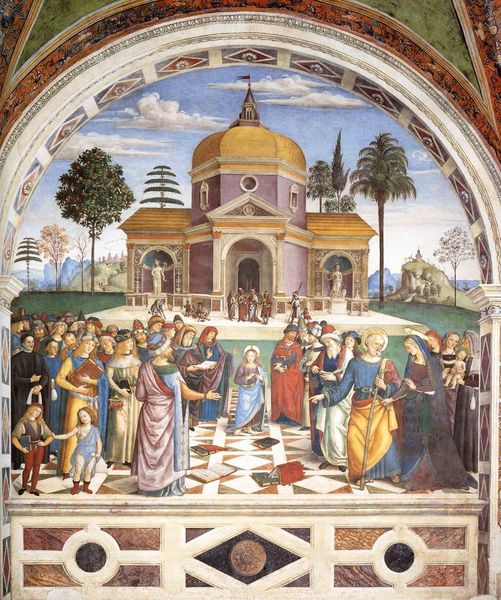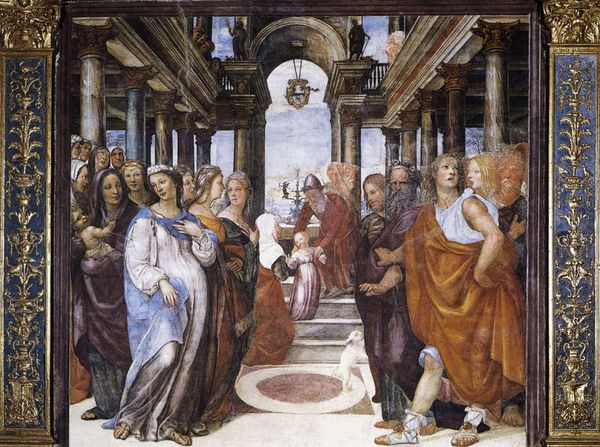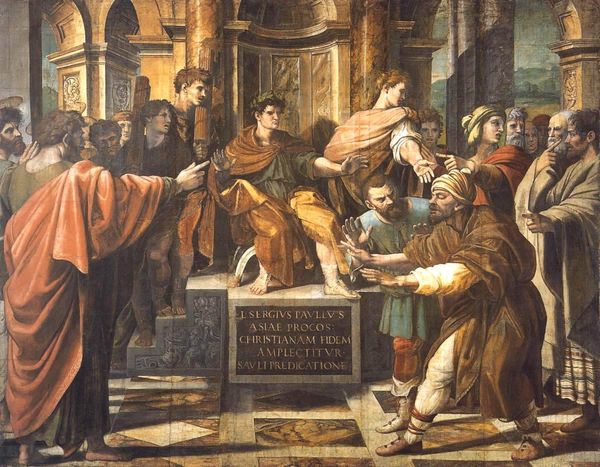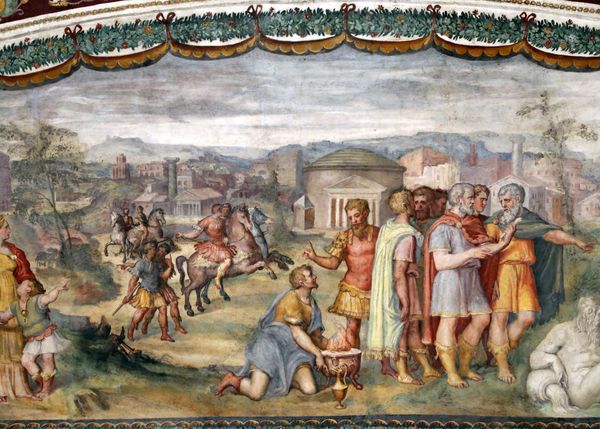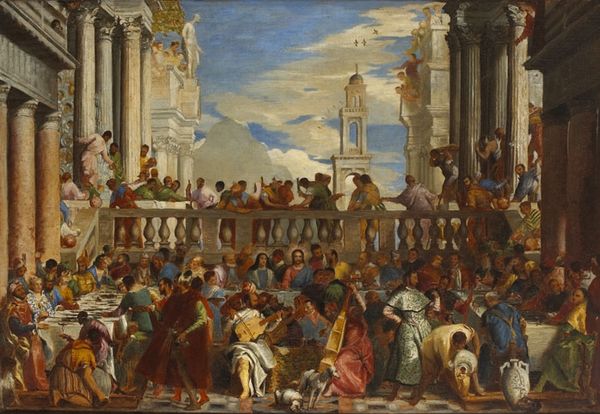The Punishment of Korah, Dathan and Abiram 1481
🔒Audio guide available with collection purchase
painting, oil-paint, fresco
#
narrative-art
#
painting
#
oil-paint
#
sculpture
#
figuration
#
fresco
#
oil painting
#
underpainting
#
arch
#
christianity
#
men
#
painting painterly
#
history-painting
#
academic-art
#
italian-renaissance
#
early-renaissance
Copyright: Public domain
Comments
No comments
Be the first to comment and join the conversation on the ultimate creative platform.


